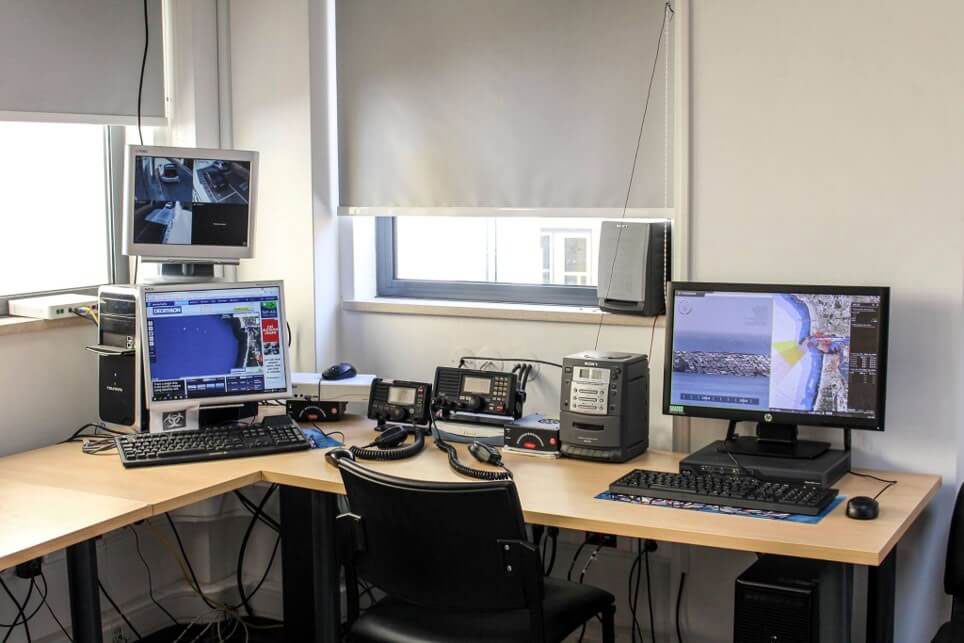Monitoring vessel traffic system
Maritime domain awareness requires highly specific equipment and installation
What are IALA Vessel Traffic Systems?
To understand vessel traffic systems, it is important to look at VTS (Vessel Traffic Service). This is the service provided by the officer in charge of vessel traffic within a given zone. Typical services are based on helping marines enter and pass through a zone of traffic such as a port or canal. These areas are defined as high risk and so without said officer, have a high probability of accidents occurring. The service is therefore to identify the various risk points, whether it be distance between two vessels, speed, angle of entry, etc. and then to assign levels of danger and a protocol of how an officer must react in each circumstance. Identifying dangers in a timely manner is what vessel traffic systems are developed for.
Vessel traffic has always needed effective systems to ensure the safety of vessels and infrastructure, and today software is available to provide vessel traffic management with the tools they need. Whether it`s managing marine traffic or guarding your infrastructure, ship tracking through vessel traffic systems uses AIS, radar and video monitoring to all seamlessly integrate into one software to be controlled remotely. Vessel traffic systems are designed for industries such as: oil & gas, fish-farms, marine reserves, ports & harbors, etc.
IALA, The International Association of Marine Aids to Navigation and Lighthouse Authorities, is an international association established and governed by the French law of 1st July 1901 and the decree of 16th August 1901. The term `Marine Aid to Navigation` is a device, system or service, external to a vessel, designed and operated to enhance safe and efficient navigation of individual vessels and vessel traffic. The aim of IALA is to foster the safe, economic and efficient movement of vessels, through improvement and harmonization of Marine Aids to Navigation worldwide and other appropriate means, for the benefit of the maritime community and the protection of the environment.

Information Systems combined with Traffic Organization Systems
Information systems now play a major part in allowing information to arrive on time, making it possible to see if there is an issue and then send the necessary information back to the recipient. In this way, all the information can be evaluated in real time and put in place preventative actions that will rapidly diminish the risk of events from happening. Information in this case, such as; position, heading and speed allow for a better understanding of potential risks. This information can be combined with the specificities of how the traffic passes through each unique zone to develop an advanced understanding of what constitutes a possible risk and with this in mind, a unique traffic organization system can be put in place. In reality, with a powerful information system, creating a traffic organization system instantly becomes more precise and better placed to prevent events from occurring.

Essential instruments you need for a VTS
Vessel traffic systems have evolved from being just radar and voice radio systems to becoming systems that can control multiple surveillance instruments from remote locations with multiple communication channels. Contacting vessels can be done through a variety of communication modes such as AIS and VHF. VTS systems integrate data sources and display this data on a marine chart. Radar, AIS/ARPA, camera, thermal sensors, meteorological data and VHF can all be displayed within the same system.